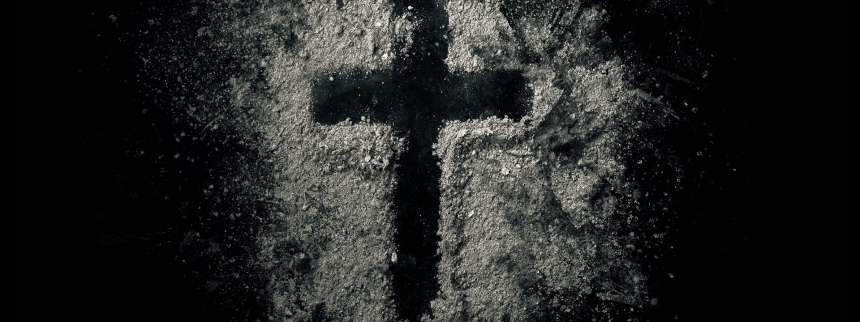
SACRAMENTO—Bishop Jaime Soto today published a list of 44 priests and 2 permanent deacons from the Diocese of Sacramento that have been credibly accused of sexually abusing 130 minors or young adults, aged 25 and under. The list is based on a review of the personnel records of nearly 1,500 bishops, priests and permanent deacons conducted by diocesan staff and an independent consulting firm retained by the diocese. It spans seven decades, from 1950 to the present time.
“This list is heartbreaking. It is a sickening and sobering account of the history of sex abuse by clergy in our diocese,” said Bishop Soto. “It is repulsive to see the evil acts that were perpetrated upon innocent children and young people entrusted to our care.
“This accounting had to be done; I need to own and atone for what happened in the Church’s name,” continued Bishop Soto. “I have to be accountable to God and his people. That can only be done where there is transparency.”
The list was compiled by the diocese with the assistance of Kinsale Management Consulting headed by Dr. Kathleen McChesney, formerly the third ranking official at the FBI and the founding administrator of the Office of Child Protection at the US Conference of Catholic Bishops in Washington. None of the men are currently in ministry with the diocese.
For the purposes of this list, “credible” represents a reasonable person’s conclusion that, based on the information at hand, the accusation is more likely to be true than not.
The list is available on line at www.scd.org/clergyabuse. It is divided into five parts: priests from the diocese; priests from religious orders; priests from other dioceses; permanent deacons; and priests who briefly served or lived in the diocese, but where the alleged incidents of abuse occurred outside the diocese.
Each name on the list is linked to a file showing the name of the priest or deacon, his status or last known location and other biographical information. It lists his diocesan assignments and provides information on the nature of the alleged abuse, when it took place and when it was reported to the diocese.
In addition to the list of credibly accused clergy, the website includes instructions on how to report abuse, a description of steps taken to protect children and young people in the diocese, a list of Frequently Asked Questions and links to additional ministry and family resources.
The earliest reported incident of abuse took place in 1955 (James Casey). The latest in 2014 (Hector Coria). Three men—Gerardo Beltran Rico (15), Francisco Javier Garcia (24) and Mario Blanco Porras (21) were responsible for nearly half (60) of all the incidents reported. The highest number of reported incidents took place in the 1970’s, 80’s and 90’s, with 56 reported incidents in the 70’s, 38 in the 80’s and 21 in the 90’s.
With respect to gender, 39 of the victims were female and 91 of the victims were male. All of Javier Garcia’s 24 victims were male; all but 2 of Blanco Porras’ 21 victims were female. Five of the priest perpetrators had victims of both genders. 22 clergy molested females; 26 clergy molested males.
Three incidents have taken place since the reforms of the Charter for the Protection of Children and Young People were introduced in 2002. These include “zero tolerance,” i.e. permanent removal from ministry, for clergy who abuse minors and vulnerable adults; fingerprinting and background checks for all clergy, teachers, staff and volunteers who work with children; annual Safe Environment training for students in Catholic school and religious education and regular training for all clergy, teachers, staff and volunteers to help spot and prevent abuse.
“I apologize for the sins and failures of the past and I am resolutely determined that such acts of abuse should never again occur in our diocese,” said Bishop Soto. “I pledge to you that I and my brother priests are zealous in our efforts to ensure that our parishes and other Church ministries are safe environments for our children and young people.”
The Diocese of Sacramento serves over 1.3 million Catholics in 20 counties covering 42,000 square miles of Northern California from San Francisco Bay to Sacramento and the Oregon border. It includes more than 100 parishes, 43 elementary and secondary schools, the Sacramento Food Bank and various social service and family support organizations throughout the region. The diocese also operates St. Mary’s Cemetery in Sacramento and Calvary Cemetery in Citrus Heights, plus other community and parish cemeteries throughout Northern California.

